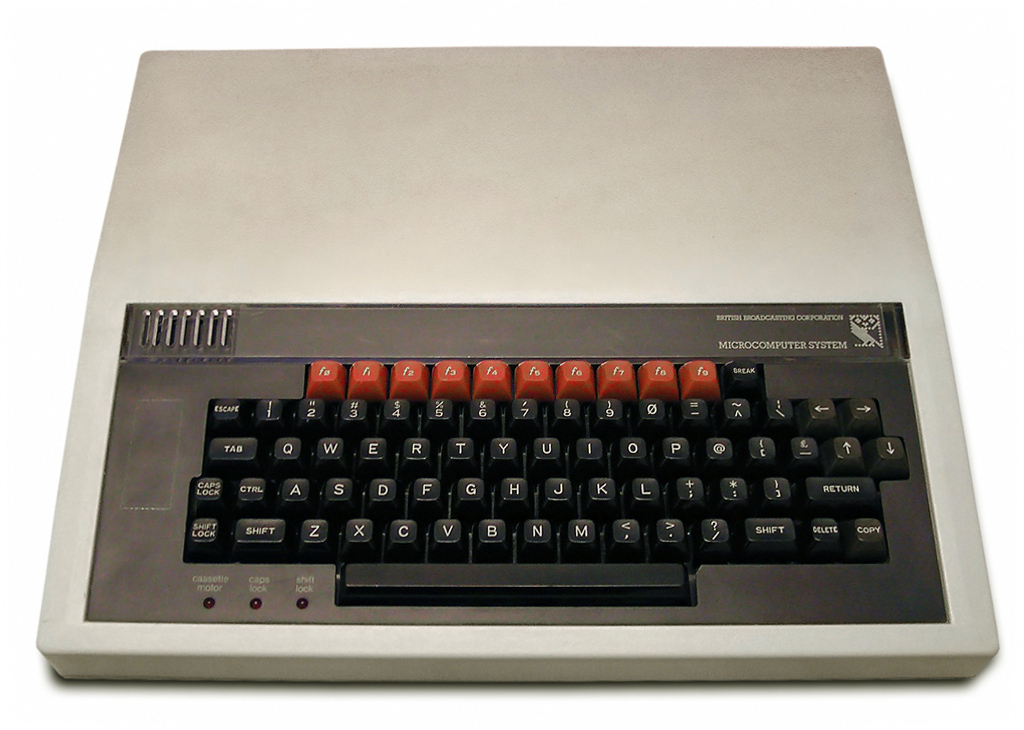So what better way to do this than go through all my computers I have had.
 |
| Photo From wikipedia |
I guess it all started in 1980 with a Sinclair ZX80. My parents got me one of these for doing well in my exams. When it arrived I was in heaven, I felt like the bridge of the Enterprise had arrived in my bedroom. I was after all only 13.
 |
| 16kB Ram Pack |
With it massive 1kB of memory that has considered large at the time. It was the first sub £100 computer it came in to version a build and solder it yourself for £79.95 (£337 in today's money), or a ready assembled version for £99.95 (£421 in today's money). There was quite a waiting list and I got it about three weeks after it was ordered. I bought some games from Bug Byte 4 on each cassette a version of Lunar Lander was my favourite. After about a year I upgraded to the immensely huge 16kB addon ram pack This allowed bigger programs to be written, mind you the longest I wrote by hand filled about 1.5kB. But I was still in heaven. I wrote a couple of maze type games and even a program to help with my maths home work.
 |
| BBC Micro, Photo from wikipedia |
''After the ZX80 I went straight for a BBC Micro Model B £335 (£1,161.42 in todays money), and another long wait. Being an early adopter of the Beeb meant I was an instant member of the school computer club, they got their Beebs about 2 months after I got mine. I also gained entry into the hallowed VIP room and even had my own key for this room. Had a few issues getting it to work with my cassette player, so bought a mega cheap one and this worked fine.
Later on I installed the floppy disc controller and had a 5¼" floppy drive, and copied a lot of my cassette based games over to floppy. It was in 84 that I got Elite and I am still playing it now or rather the new version Elite Horizons. I did a few upgrades added more memory, made an audio interface for the analogue input socket and plugged this into my HiFi and wrote an audio visuisation program that by todays standards would still look pretty cool, even did an anaglyph 3D version which at the time was truly amazing. I then got the Viglen (Amstrad bought them out in 1994) Computer case which made the BBC more like a PC.
 |
| Viglen PC Case |
My next computer was the Acorn Archimedes 410/1 I got this in 1989 after my first year at work for £999 (£2,441.56 in today's money). I loved it, mind you I have loved every computer I had. At the time it was rather radical and was probably the fastest home PC on the market at the time. I kept this computer for about 6 years, adding more memory and a few other tweaks here and there. This computer also never crashed, something that can't be said for today's computers.
I was an Acorn Junkie so my next PC was also from Acorn this time it was the Risc PC. It came with a 180mB hard drive the PC emulation card, so I could run PC software such as Doom. Like the Archimedes the main operating system was stored in Rom with only a few libraries, that needed to be written to stored on the hard drive, on the 410 these wehre often on the floppy that the program came on. This gave you a very fast boot up time, something at that time with Windows 3.1 based PCs you could only dream of, and something we can only do now with Windows 10. The case was an excellent design concept and often referred to as the pizza box. I had the same as in the picture. Like the 410 this never crashed, well apart from when a lightening strike took out the main sub station, but that doesn't really count as it was a loss of power. My house had a main power filter and I built some extra ones for the computer and my Hifi system.
By about 1993 I decided it was about time a built my own PC, which is what I did. Where I worked at the time, due to the licensing agreement with Microsoft, I was able to get a copy of Windows 3.11 for free, and a lot of other Microsoft software free as well.
I have always built my own PC except once when I bought an HP with Windows ME (stands for Multiple Errors) on it, worst PC I ever bought continually crashing, at least once a week. I then upgraded to XP almost as soon as it came out, as I had a free upgrade voucher. Yeah this will solve all my crashes and various other problems, it didn't. So came to the conclusion that it was just poorly made and had poorly executed drivers. So a year later about 2001 to 2002 built a PC and Installed XP pro on it. This crashed but not as often as the HP did. So from that day on I have never bought a desktop PC, I have always built my own.



